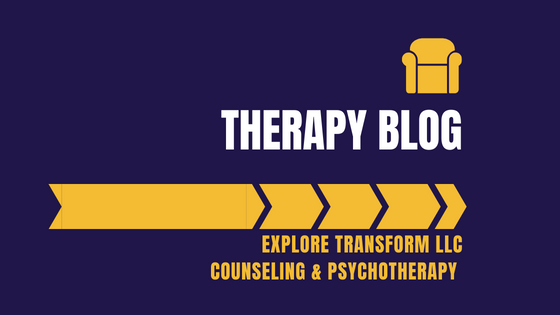|
Yesterday I was honored to have the Mayor of Ridgewood stop by my office. He really cares about Ridgewood, and it is great to know that key figures in the community consider mental health and wellbeing to be a priority.
After the Mayor's visit, I thought about the relationship between my role as a psychotherapist, and my influence on the wider community. I try my best to empower people to make the changes they need, but often they need more to achieve this change. They need change at a societal level. As a member of the American Counseling Association, I am aware that counselors are in a unique position to work towards social justice. As Charmaine Perry wrote, "counseling does not exist in a vacuum", and she suggested that counselors should become "advocates for our clients". Working with (and a member of) the LGBTQ+ community, I have seen how the need for advocacy has arisen. When I lived in the United Kingdom, I worked at an LGBTQ+ counseling charity, and the clients would sometimes include asylum seekers. They were fleeing countries such as Pakistan, Bangladesh, and Uganda, where they had experienced violent acts of homophobia. Yes, the clients needed to process their traumatic experiences - often it had been family members who had tried to kill them when they had found out about their sexuality. And yes, they had to make sense of the conflict between their identity as a gay man, their identity as a Muslim, and their identity as an asylum seeker. But they also needed advocacy - they needed help on a structural level. For example, they needed help navigating the British asylum process, they needed help with finding medical treatment, and they needed their counselor to have an awareness of the power imbalances and discrimination that they may experience. To advocate for a client, awareness is an important first step. And the process of raising awareness never ends. Get in contact today. You can telephone or use the online booking system. Chris Warren-Dickins LLB MA LPC Psychotherapist in Ridgewood, New Jersey Telephone - (201) 779-6917 www.exploretransform.com/ |
Due to the COVID-19 health crisis, we are only offering sessions online.
Our address is 143 E Ridgewood Ave, #1484, Ridgewood, NJ 07450
Telephone: +1-201-779-6917
Lead clinician: Chris Warren-Dickins LLB MA LPC
EXPLORE TRANSFORM LLC
Our address is 143 E Ridgewood Ave, #1484, Ridgewood, NJ 07450
Telephone: +1-201-779-6917
Lead clinician: Chris Warren-Dickins LLB MA LPC
EXPLORE TRANSFORM LLC
© COPYRIGHT 2024 CHRIS WARREN-DICKINS. ALL RIGHTS RESERVED. NJ LICENCE # 37PC00618700



 RSS Feed
RSS Feed
